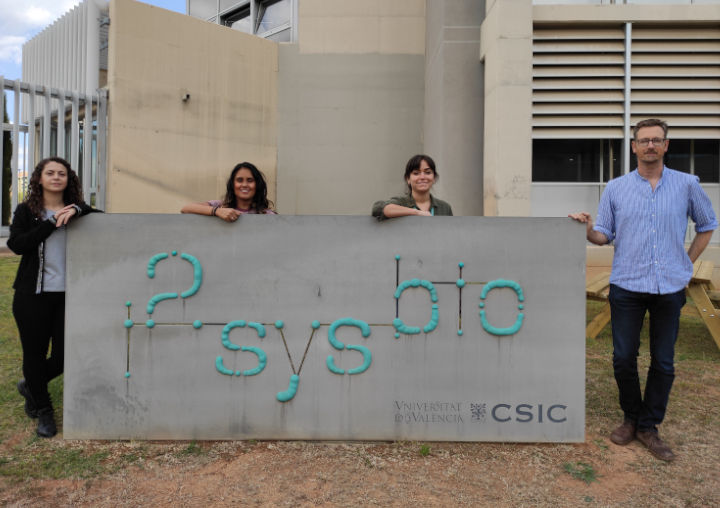
Researchers from the Institute of Integrative Systems Biology (I2SysBio), a joint centre of the University of Valencia and the CSIC, has analysed the wasted chewing gum bacteria from five different countries. The research, just published in the journal Scientific Reports, shows that the bacterial load of gum changes in a matter of weeks and that oral bacteria persist surprisingly long enough when gum is in the ground. This research can be applied in forensic medicine or control of contagious diseases.
The study focuses on the distribution of bacteria according to the depth in which they are found (surface, intermediate and lower layers of waste), the biodegradation capacity of chewing gum ingredients and microbial successions after three months of outdoor exposure. Bacterial diversity of samples has been analysed through Massive DNA Sequencing (NGS).
Chewing gums are scraps that remain for quite some time on indoor, outdoor surfaces, glued to buildings or even works of art. For this study the team collected a total of ten samples, two in Spain, France and Singapore, and one in Greece and Turkey. All were collected from the ground with a sterilised scraper and transported to the laboratory, where they were kept at a temperature of -80ºC until analysis.
According to researcher Manuel Porcar, “chewing gum could be vector of bacterial diseases quite long after being thrown to the ground. We’ve found bacteria that can be used to clean the chewing gums, because people eat them!” The expert adds that “chewing gum has a bacterial load that evolves from an oral microbiome to an environmental microbiome in a matter of weeks. Oral bacteria persist surprisingly long once the gum is on the ground. In addition, many of the bacteria we have isolated from older gum have the potential to bioremediate the gum itself, i.e. degrade it”.
The research team at I2SysBio points out that these long-lasting residues have been used for human genetic analysis in criminology and archaeology and also points out that their findings have implications for a wide range of disciplines, including forensic medicine, contagious disease control or the already commented bioremediation of chewing gum residues.
The article signed by Leila Satari, Alba Guillén, Àngela Vidal-Verdú and Manuel Porcar describes a complete characterisation on the bacterial content of chewing gum using culture-dependent and independent techniques, unlike other research that focuses on improving when cleaning gums thrown to the ground, making them less adhesive, water soluble or degradable. In addition, the team stresses that this adhesive material “may contain a significant fraction of the oral microbiota, toxins and some pathogens such as Streptococcus spp. and Actinomyces spp., that remain trapped in sticky residue and where their survival over time has received very little attention”.
Article: Satari, L., Guillén, A., Vidal-Verdú, À. et al. «The wasted chewing gum bacteriome». Sci Rep 10, 16846 (2020). https://doi.org/10.1038/s41598-020-73913-4











